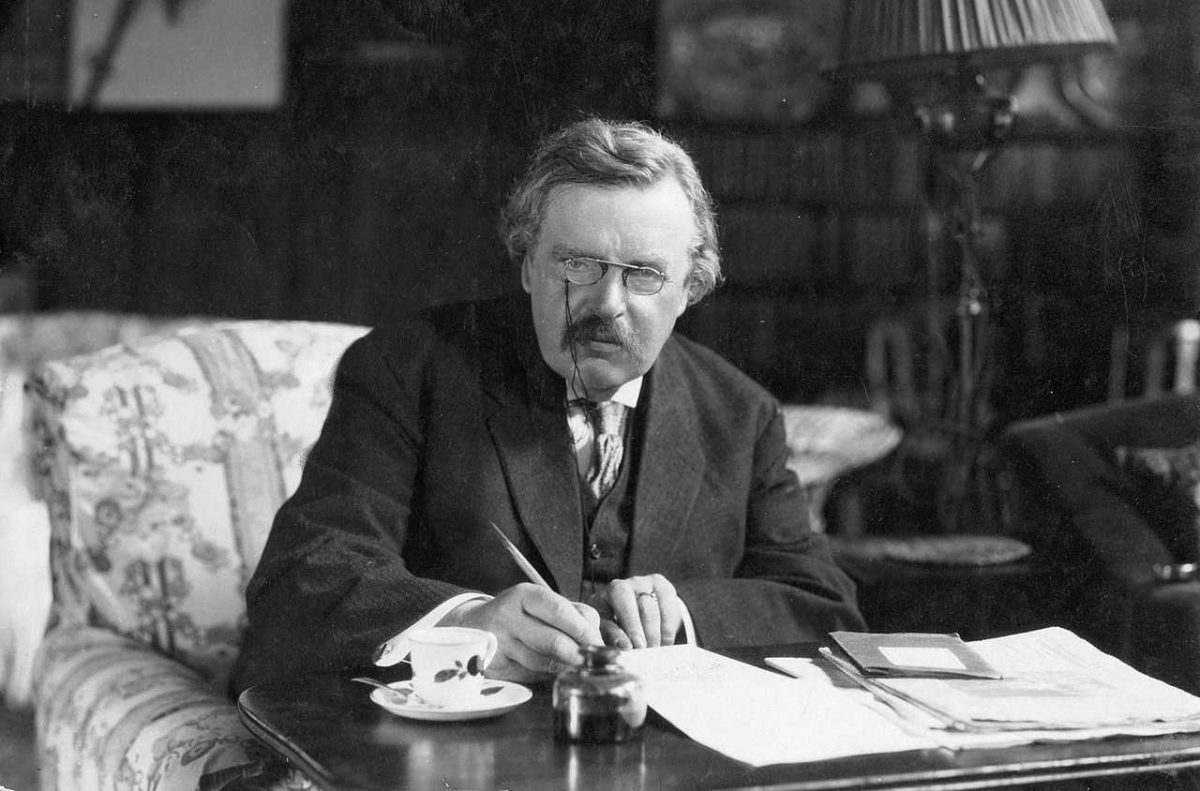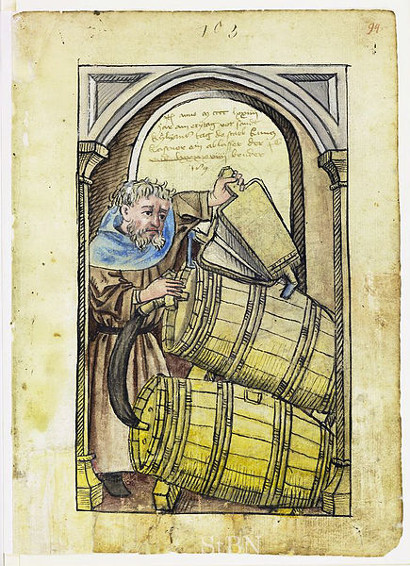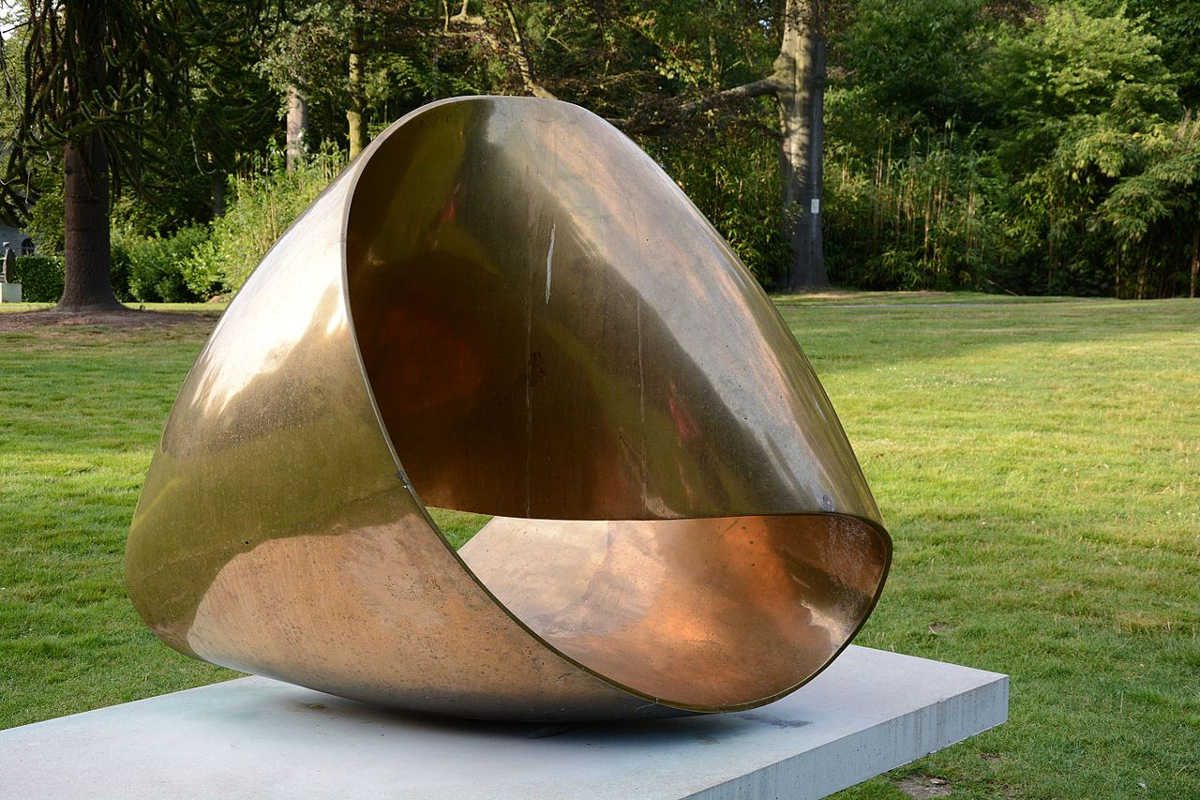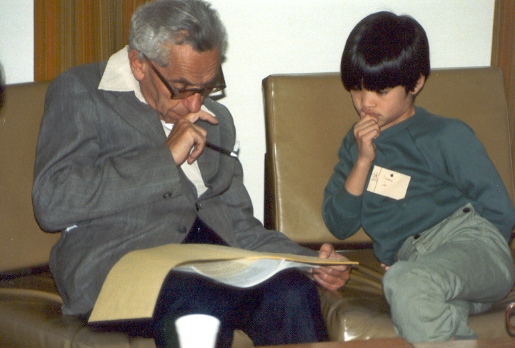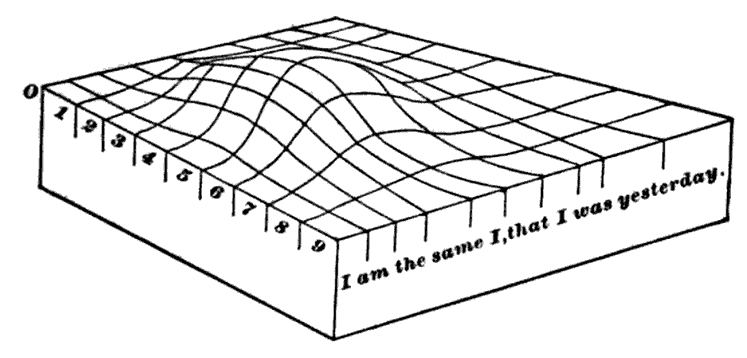The digits 1-9 can be arranged into a 3 × 3 magic square in essentially one way (not counting rotations or reflections) — the so-called lo shu square:
4 3 8 9 5 1 2 7 6
As in any magic square, each row, column, and diagonal produces the same total. But surprisingly (to me), the sum of the row products also equals the sum of the column products:
4 × 3 × 8 + 9 × 5 × 1 + 2 × 7 × 6 = 96 + 45 + 84 = 225
4 × 9 × 2 + 3 × 5 × 7 + 8 × 1 × 6 = 72 + 105 + 48 = 225
Even more surprisingly, the same is true of the Fibonacci sequence, if we arrange its first nine terms into a square array in the same pattern:
3 2 21 34 5 1 1 13 8
3 × 2 × 21 + 34 × 5 × 1 + 1 × 13 × 8 = 126 + 170 + 104 = 400
3 × 34 × 1 + 2 × 5 × 13 + 21 × 1 × 8 = 102 + 130 + 168 = 400
It turns out that this is true of any second-order linear recursion. (The sums won’t always be squares, though.)
From Edward J. Barbeau’s Power Play, 1997.

